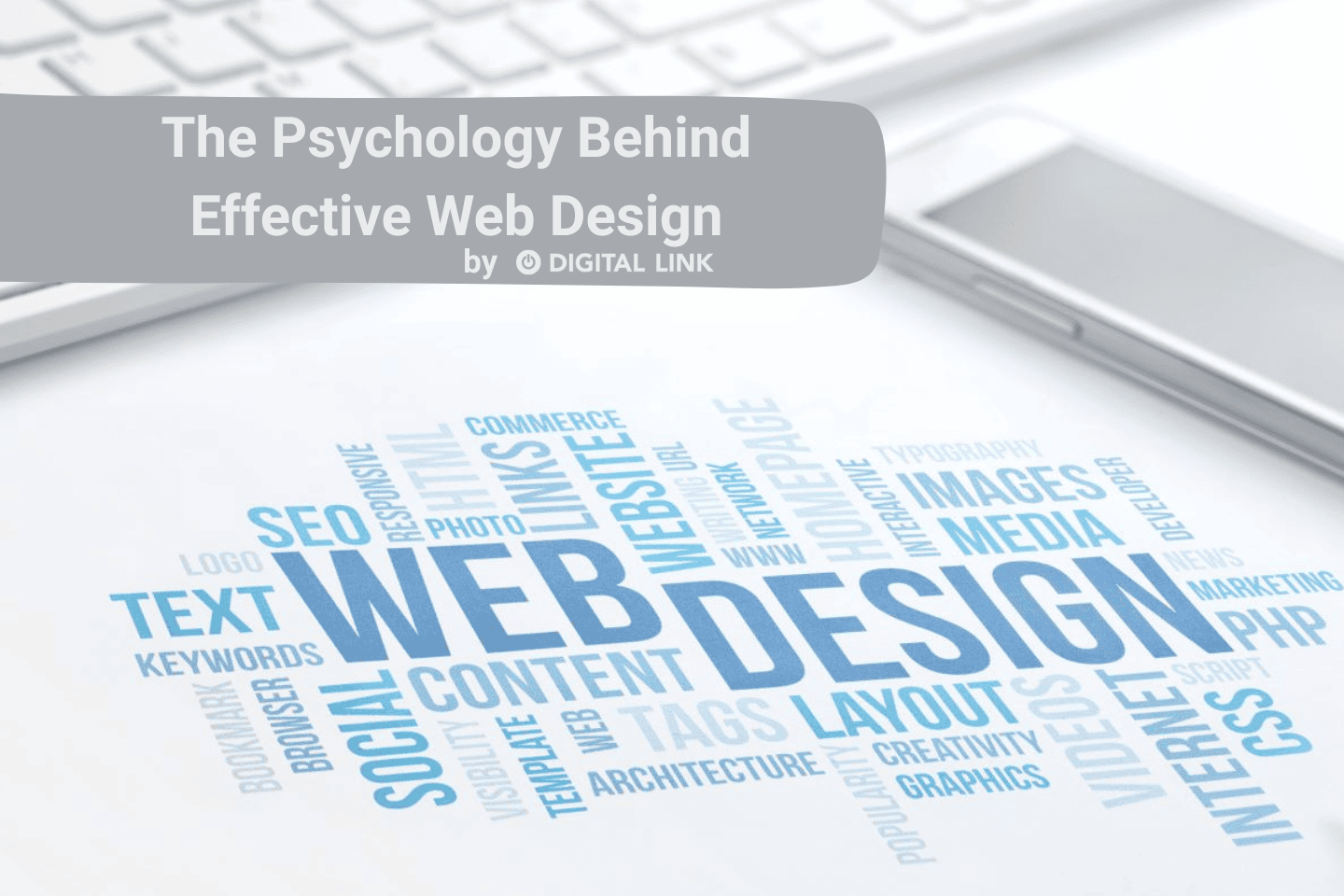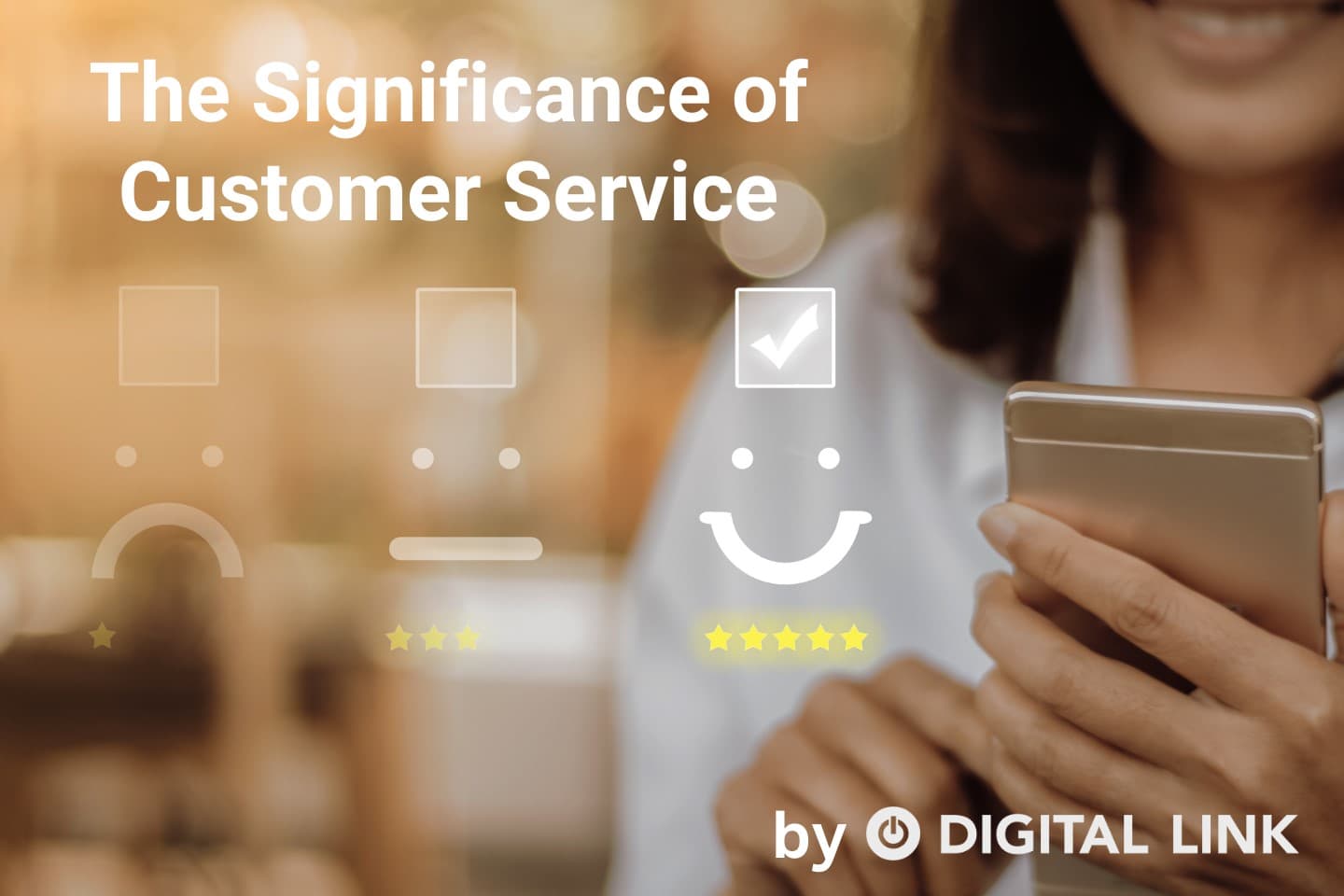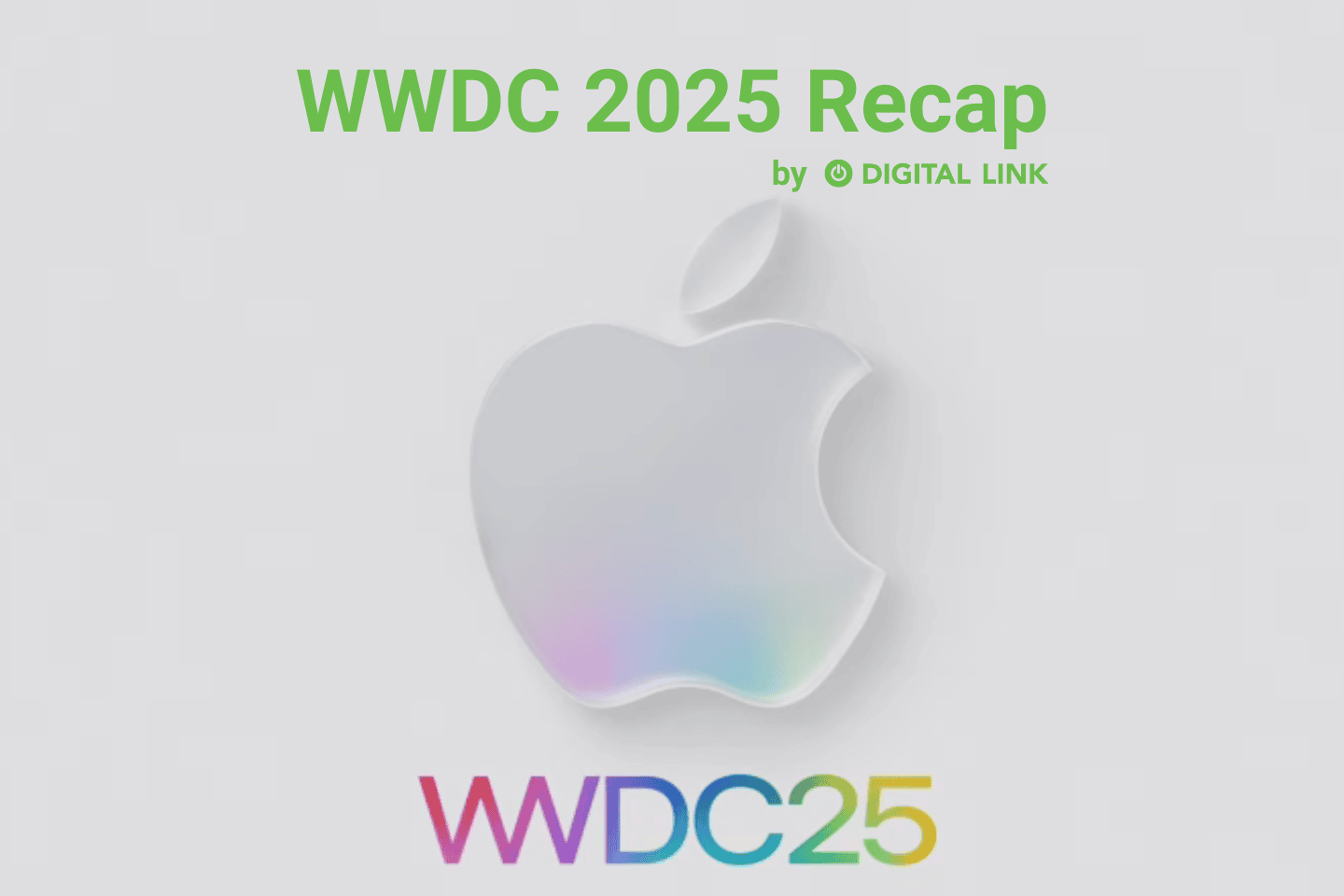
When it comes to LinkedIn marketing, businesses have a variety of tools at their disposal to reach their target audience. Two of the most popular options are LinkedIn Ads and Sponsored Posts. While these terms are often used interchangeably, they serve different purposes and are best suited for specific marketing goals. Understanding their differences can help you optimize your LinkedIn strategy and achieve better results.
LinkedIn Ads: A Quick Overview
LinkedIn Ads are a versatile advertising option that includes several formats, such as:
- Text Ads: Simple ads featuring a headline, description, and an image, often displayed in the sidebar.
- Sponsored Content: Native ads that appear directly in users’ feeds.
- Message Ads: Direct messages sent to LinkedIn inboxes.
- Dynamic Ads: Personalized ads that leverage user data to make content more engaging.
- Video Ads: Rich media ads that drive higher engagement rates.
- Carousel Ads: Interactive ads allowing multiple images or messages in one campaign.
These ads are created through LinkedIn’s Campaign Manager, offering advanced targeting options like job title, industry, company size, and even skills. LinkedIn Ads are ideal for lead generation, brand awareness, and driving conversions.
Sponsored Posts
Sponsored Posts are a type of LinkedIn Ad, but with a distinct purpose. They involve promoting content that has already been posted on your LinkedIn page. These posts appear organically in the news feeds of your target audience and can be boosted to increase visibility.
Unlike other ad types, Sponsored Posts feel more natural and are less intrusive, as they blend seamlessly into a user’s feed. They are excellent for amplifying content marketing efforts, building thought leadership, and fostering engagement.
Key Differences Between LinkedIn Ads and Sponsored Posts
- Purpose:
- LinkedIn Ads: Focused on driving direct outcomes like lead generation, conversions, or website visits. Formats are diverse and include non-feed options like sidebar ads or inbox messages.
- Sponsored Posts: Centered on amplifying existing content to enhance visibility and engagement within users’ feeds.
- Targeting:
- Both offer robust targeting options. However, LinkedIn Ads provide greater flexibility and additional formats like Message Ads and Dynamic Ads, making them suitable for hyper-specific campaigns.
- Intrusiveness:
- LinkedIn Ads: Can sometimes appear overtly promotional, especially in formats like Text Ads or Message Ads.
- Sponsored Posts: Blend naturally into the user’s feed, making them less disruptive.
- Performance Metrics:
- LinkedIn Ads: Often measured through conversions, clicks, and leads.
- Sponsored Posts: Focus on metrics like engagement (likes, shares, comments) and content reach.
- Cost Structure:
- Both operate on a pay-per-click (PPC) or cost-per-impression (CPM) model. However, Sponsored Posts may offer a more cost-effective way to boost content visibility compared to running full-fledged ad campaigns.
Use Cases: Which Option is Best for Your Goals?
LinkedIn Ads: Best for Direct Outcomes
- Lead Generation: Use lead gen forms embedded within LinkedIn Ads to collect user information without redirecting them to an external site.
- Driving Website Traffic: Dynamic Ads or Text Ads can push users directly to a landing page or website.
- Recruitment: Target specific job titles, industries, or geographies to attract top talent.
- Event Promotion: Promote webinars, workshops, or conferences with clear call-to-actions.
Sponsored Posts: Best for Engagement and Awareness
- Content Amplification: Boost high-performing posts to maximize reach and engagement.
- Thought Leadership: Share articles, videos, or infographics that position your brand as an industry leader.
- Community Building: Foster conversations and interactions around your content.
- Soft Selling: Promote content that educates and informs rather than directly selling.
Combining Both for Maximum Impact
The most effective LinkedIn marketing strategies often combine LinkedIn Ads and Sponsored Posts. For example:
- Use Sponsored Posts to warm up your audience with valuable content.
- Follow up with targeted LinkedIn Ads to drive conversions or specific actions.
A real-world example might be a SaaS company promoting a thought-leadership article via Sponsored Posts. Once engagement builds, they could retarget the same audience with a LinkedIn Ad featuring a free demo offer.
LinkedIn Ads and Sponsored Posts are powerful tools, each serving distinct purposes. For direct outcomes like lead generation or driving website traffic, LinkedIn Ads are a better choice. However, if your goal is to amplify content and engage your audience, Sponsored Posts are ideal. If you have questions about how to start, the Digital Link team is here to help you and your business. Contact us today!
Liked this article?
We are adding more useful articles to our blog every week! Join our subscribers to stay up to date on digital security, marketing, and social media trends.
By entering your email, you agree to receive our monthly newsletter. You can unsubscribe at any time!


